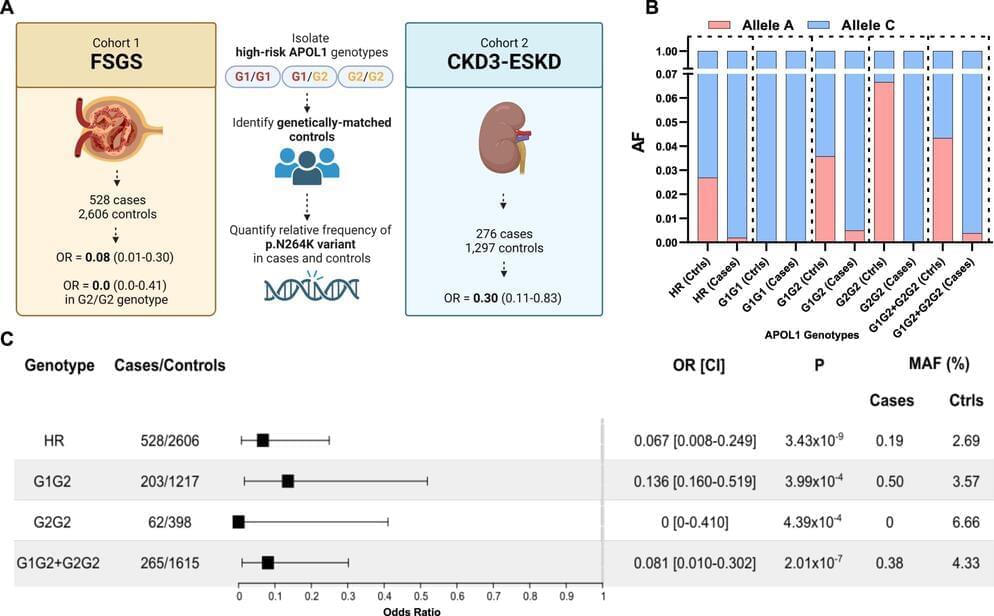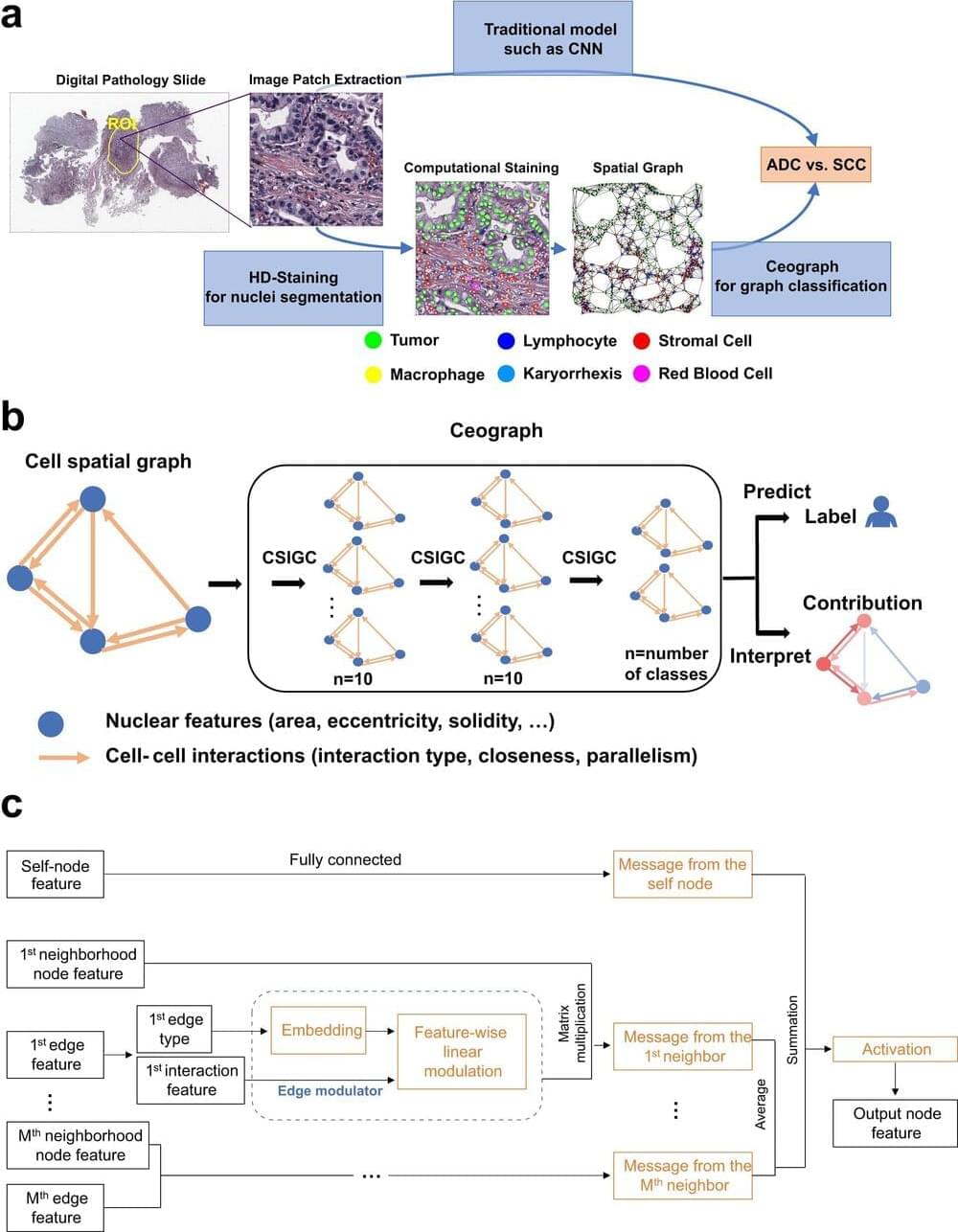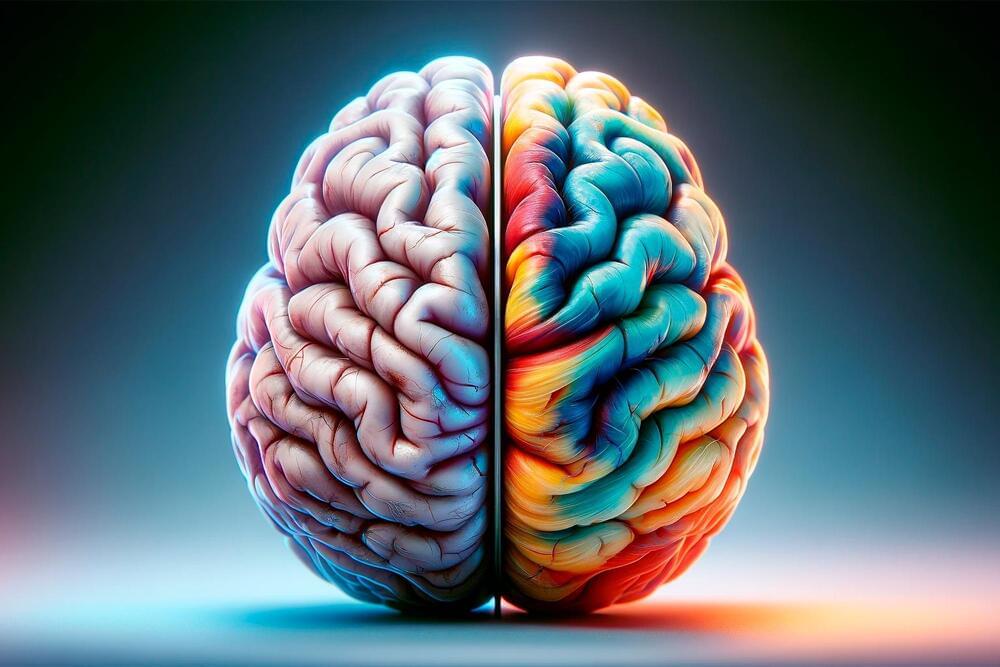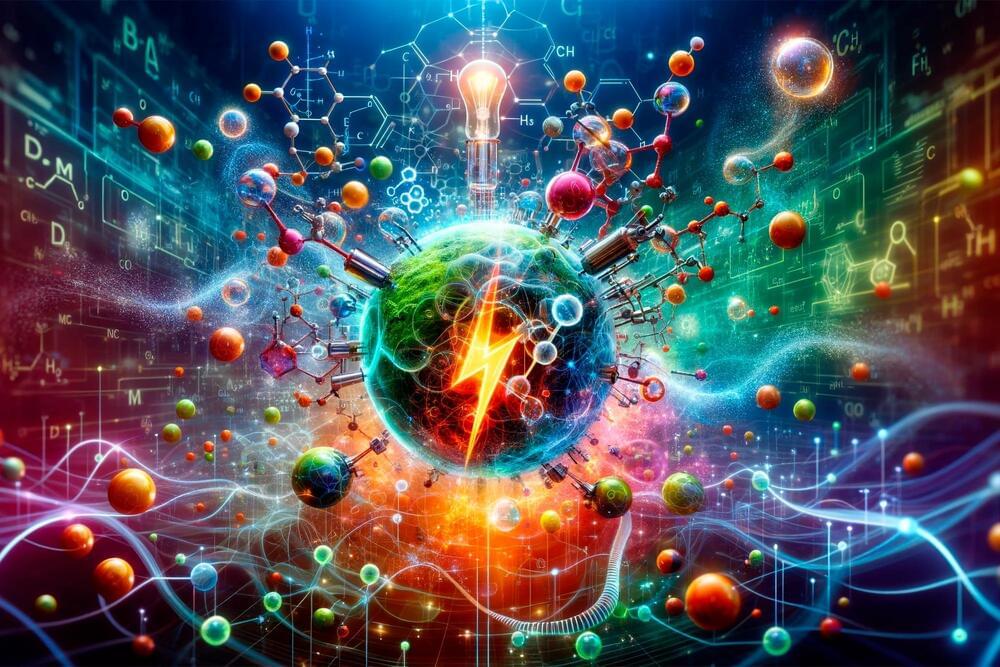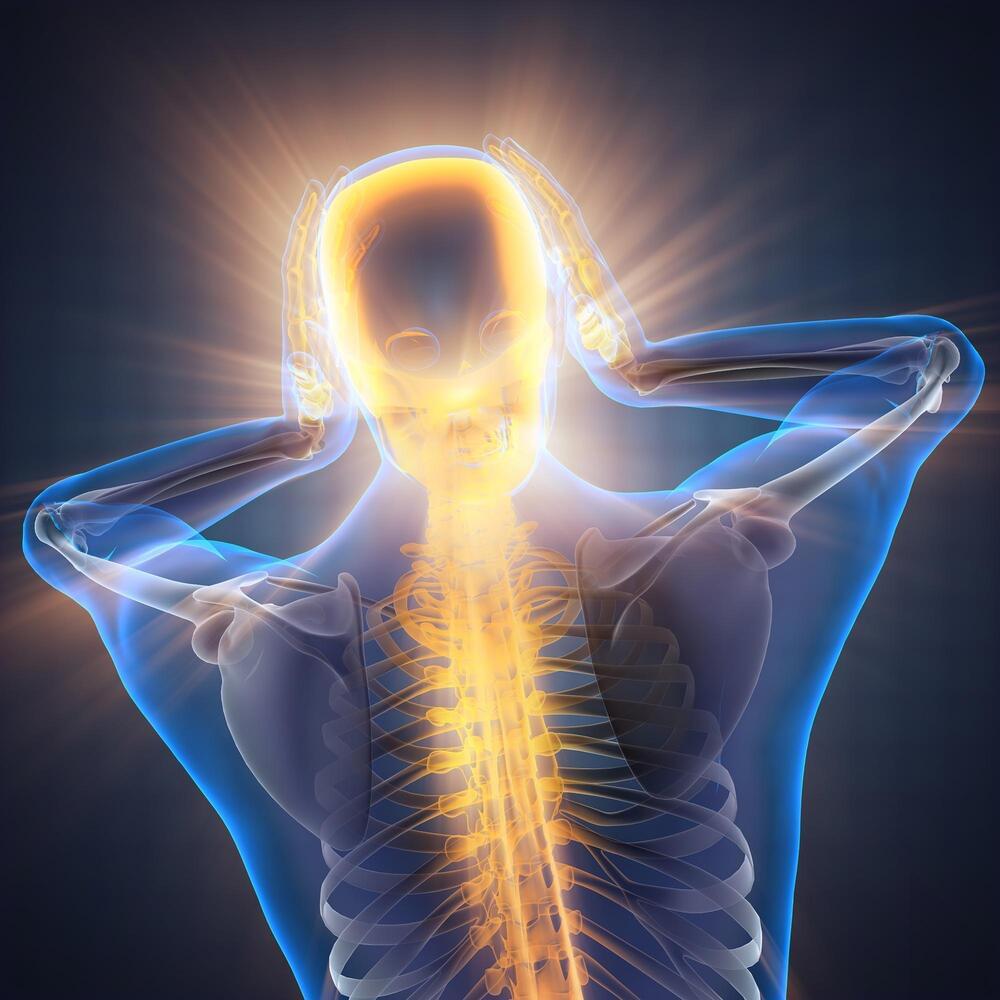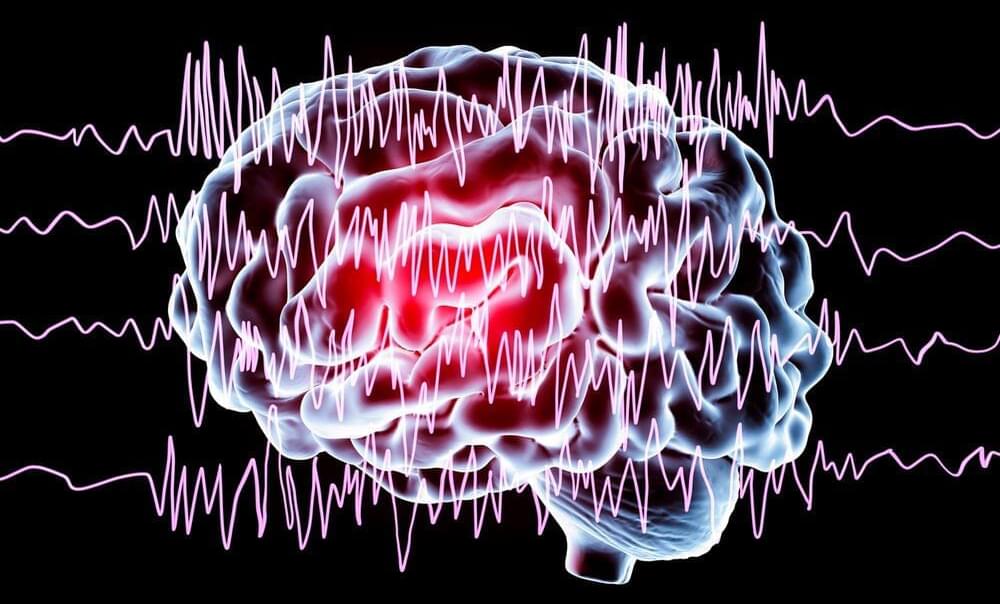Dec 11, 2023
Genetic safeguard protects some who are considered high risk for kidney disease
Posted by Saúl Morales Rodriguéz in categories: biotech/medical, genetics
Many Black Americans who are thought to have a high risk of developing kidney disease possess a protective genetic variant that nullifies the extra risk, a new study from Columbia researchers has found. The work is published in the journal Nature Communications.
The study found that high-risk people who carry this variant have a risk of developing kidney disease much closer to that of the general population.
The findings will have an immediate impact on clinical practice, says study leader Simone Sanna-Cherchi, MD, associate professor of medicine at Columbia’s Vagelos College of Physicians and Surgeons.
